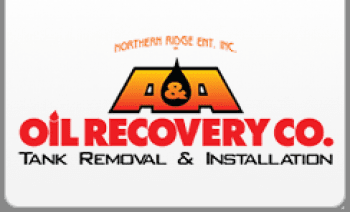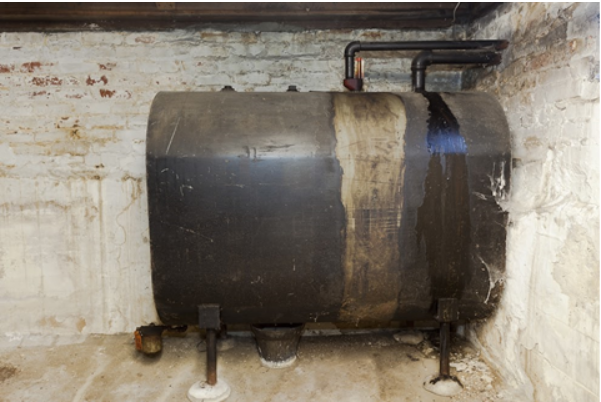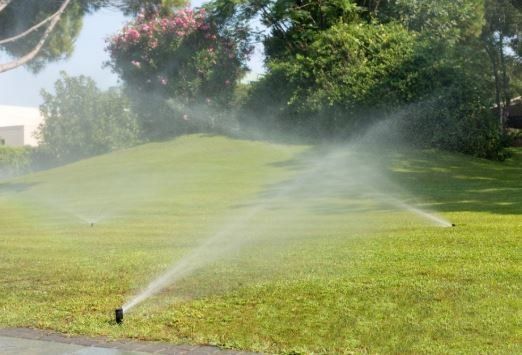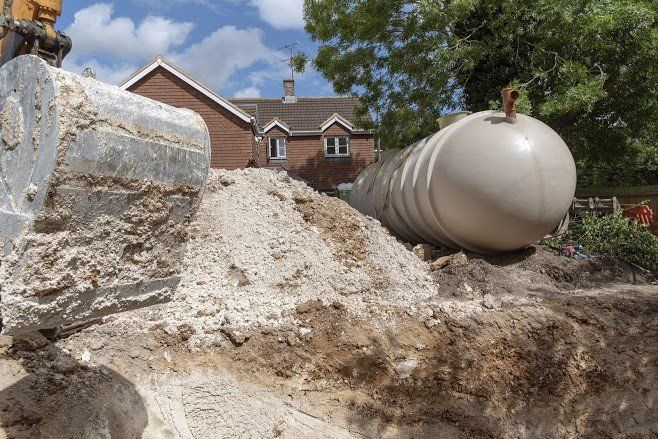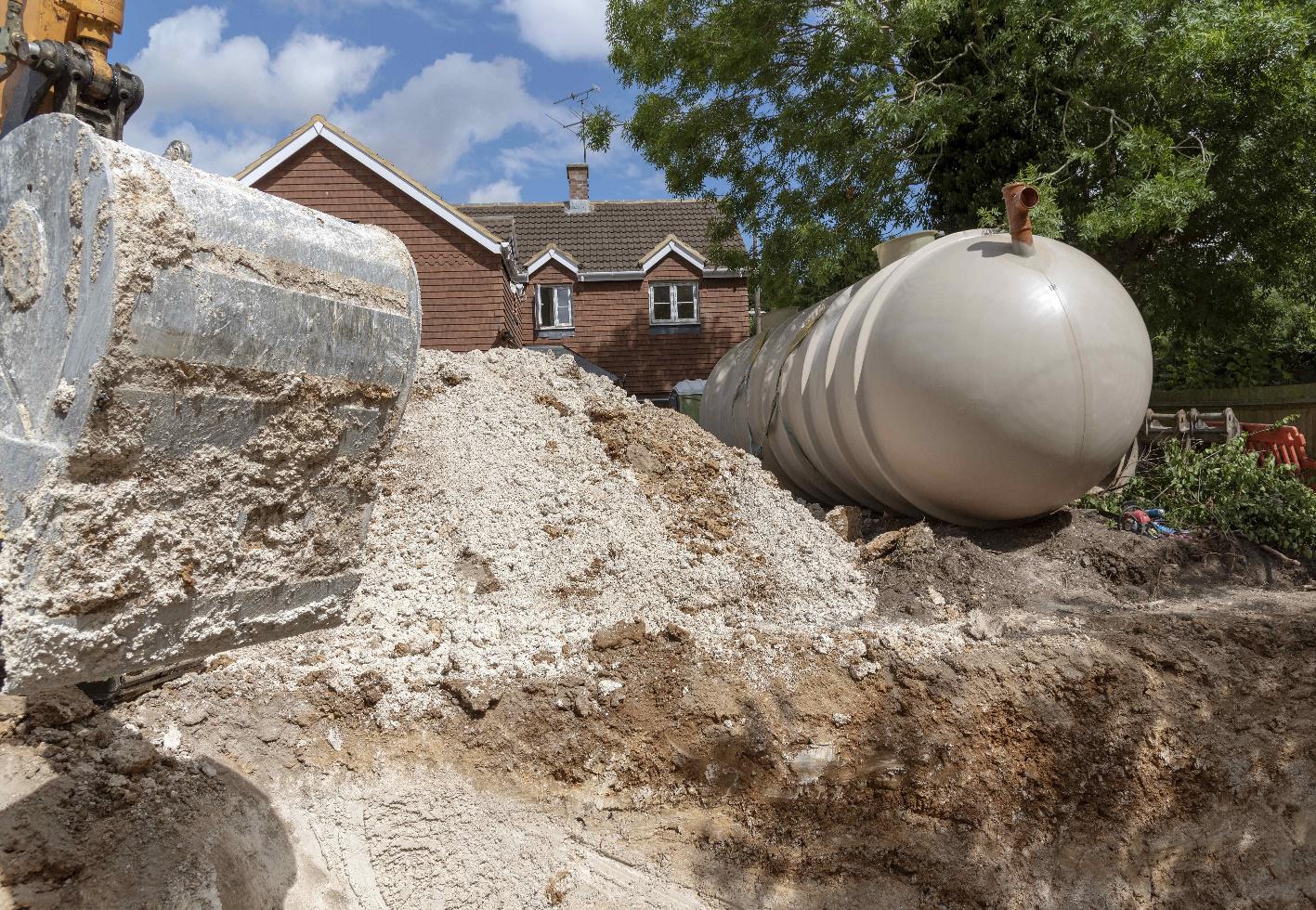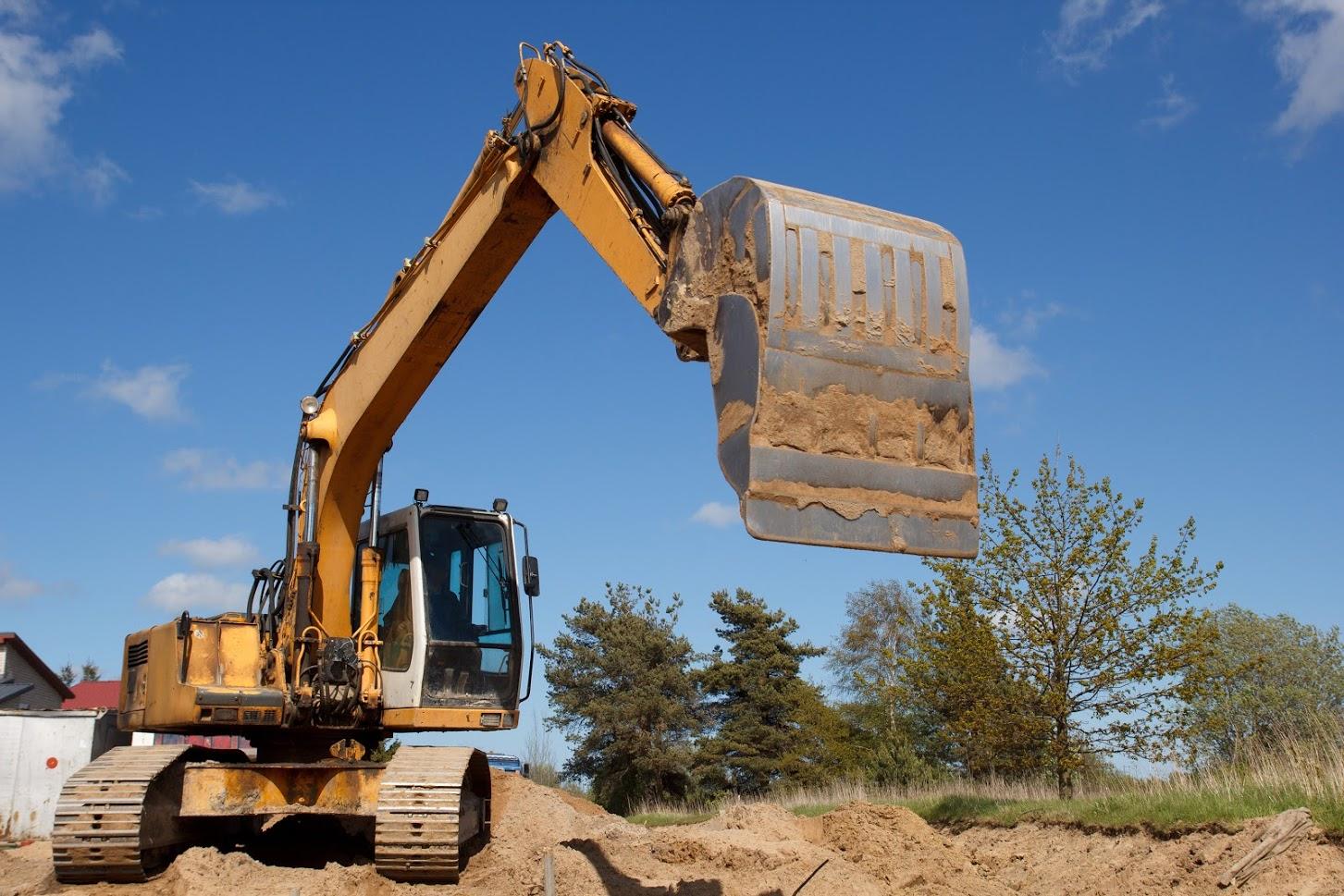Blog Layout
Suspecting an Underground Storage Tank? Look for These Tell-Tale Clues
Admin • Jul 23, 2019
Fuel oil used to be one of the most commonly used heating fuels in many areas of the country. As electricity, natural gas, and propane become more available, many of the homes that were once heated with fuel oil were converted to these other fuels. In many cases, the underground fuel oil tank that had been used to store the fuel oil was merely unhooked and left in place, instead of being removed.
As time passed and the ownership of these homes changed, the presence of the underground storage tank in the backyard was often forgotten or just never considered to be a threat. Unless a previous owner had excavation work done, current owners of these homes may have no idea that the soil in their yard conceals a rusting or leaking tank.
Luckily, there are some clues that curious homeowners can use to help them determine whether an underground storage tank is located under the soil of their yard.
Look for Signs of an Inside Tank
The first thing to do is to rule out the possibility of a tank inside the home. Some homes that were once heated with fuel oil had storage tanks located inside the structure of the home, such as in the basement, crawlspace, or garage.
While the tank may have already been removed, there may still be existing piping along the walls in these areas that can help you determine whether or not an underground tank was actually part of the system. By looking closely, homeowners may be able to find evidence as to whether the pipes did or did not extend through the crawl space or basement walls to connect with an outside tank.
In addition to following the location of existing pipes, homeowners will want to examine the interior and exterior wall surfaces for areas that appear to be patched and could indicate places where the pipes to the outside tank were removed and the opening repaired.
Look for Signs of the Tank Outside
If an exterior tank was used, the house may still have the exterior vent and fill pipes that are visible on the outside wall of the home. These will usually be located close to area where the underground tank was or is buried. These pipes may have been capped and left intact or cut off, with the openings filled with concrete or some other material.
If the pipes are capped and intact, homeowners may be able to remove the caps. If this is done and the smell of fuel oil is noted, it is more likely that an underground tank is still located in the yard.
While the presence of the vent and fill pipes can be considered proof that an underground tank was used, it does not offer insight into whether the tank is still in place. Unfortunately, an untrailed individual who performed an underground tank removal may well have failed to remove the vent and fill pipes along with the tank.
Hire a Professional to Check Under the House
Homeowners should also be aware that underground storage tanks were sometimes installed under the home. This type of installation was sometimes used when the home was under construction. An underground storage tank can also be found under the structure of the home in cases where the home was added on to and enlarged to cover the site where the tank was located.
Confirming the presence of an underground storage tank and its subsequent removal should always be handled by a trained professional. Contact A & A Oil Recovery Co to get quick and affordable help with an underground fuel tank.
Share
Tweet
Share
Mail
Contact Information
A & A Oil Recovery Co
Address: Wayne NJ 07470
Phone: 973-709-1700
Email: info.aaoil@gmail.com
Address: Wayne NJ 07470
Phone: 973-709-1700
Email: info.aaoil@gmail.com
Join Our Mailing List
Contact Us
Thank you for contacting us.
We will get back to you as soon as possible.
We will get back to you as soon as possible.
Oops, there was an error sending your message.
Please try again later.
Please try again later.
Browse Our Website
Contact Information
A & A Oil Recovery Co
Address: Wayne NJ 07470
Phone: 973-709-1700
Email: info.aaoil@gmail.com
Address: Wayne NJ 07470
Phone: 973-709-1700
Email: info.aaoil@gmail.com
Join Our Mailing List
Contact Us
Thank you for contacting us.
We will get back to you as soon as possible.
We will get back to you as soon as possible.
Oops, there was an error sending your message.
Please try again later.
Please try again later.
Content, including images, displayed on this website is protected by copyright laws. Downloading, republication, retransmission or reproduction of content on this website is strictly prohibited. Terms of Use
| Privacy Policy
